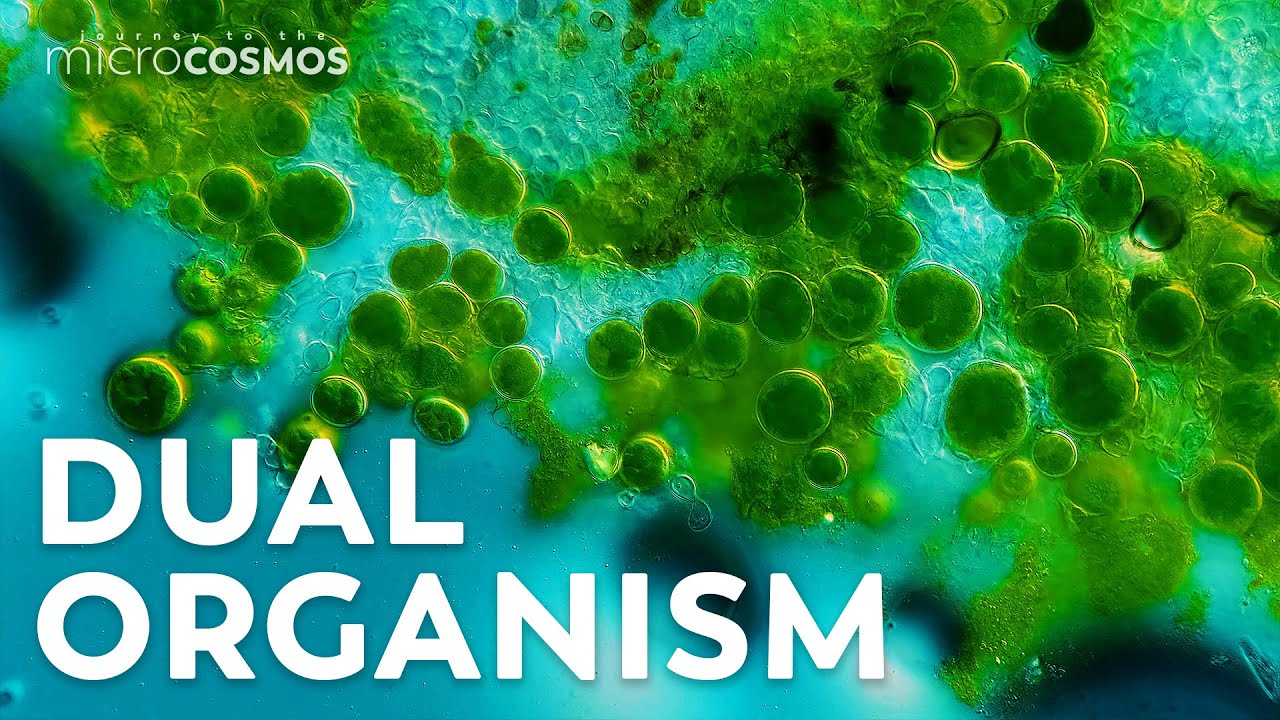- 4 Posts
- 23 Comments
(ironically) oyster meal 💀
off for a few days and then this honker popped up. So next round I’m doing only 10-15 minutes of fan per day. Maybe even less Good to know! I have some blocks almost fully colonized. I wonder if putting them to fruit in an open room (my living room) is already too much air flow for them.
So, how is the situation with the white spots? Did they end up being benign?

 2·1 year ago
2·1 year agoIn that case, you’re better off just using the VPS machine as port forwarding port 443 to your home machine’s wireguard IP address and handle the SSL/TLS termination on the home machine.
This is what I would like to do! I was trying to handle the SSL termination ‘automatically’ by simply forwarding the connections to 443 of my machine’s wireguard IP using nginx, but I did not manage to get it to work. That’s when I found that I need to use something like ‘stunnel’ to handle the SSL termination. But I think that you may be suggesting an even simpler method of using port-forwarding instead of the reverse proxy. I am not sure how to achieve that, I will look into it using these terms.

 1·1 year ago
1·1 year agoThanks a lot! This is kind of the configuration that I have converged to, with nginx and WireGuard. The last thing I need to set up correctly is for the SSL handshake to occur between the client and my home server, and not between the client and the internet-facing VPS, such that the information remains encrypted and unreadable to the VPS. The two strategies that I have seen can do this is SNI routing with nginx or to use stunnel. I still have not been able to set up either!
Wow! What is the substrate? Do you have any special tips for making them grow this large?

 5·1 year ago
5·1 year agoWhat you can do is buy 2 plants and rotate them every week
What a good idea! I have a few potted sanseverias and I might experiment with a rotation like this one. I will feel a bit bad bringing one into the darkness while the others stay in the sun… But I have often thought that a plant would look nice in the bathroom.

 2·1 year ago
2·1 year agoOh, cool! I have managed to do it with the Wireguard tunnel! I set up a tunnel and use the nginx proxy_pass to redirect through the tunnel. It is pretty nifty that I don’t even need to port-forward!
My next step is: in my current configuration, the SSL handshake occurs between the VPS and connecting client. So the VPS has access to everything that goes through… I need to figure out how to hand-shake through the tunnel such that the VPS does not get the SSL keys.
Thanks a lot for your suggestion!

 11·1 year ago
11·1 year agoSanseverias are quite resilient to low light and erratic watering, but I don’t think any plant will “thrive” with little light. It will survive for a long time.

 0·1 year ago
0·1 year agoThanks! Wireguard was suggested as a VPN, and I am currently playing with that.

 1·1 year ago
1·1 year agoFrom what I have learned today, I think that Wireguard Tunnel is what I want!
First I was able to use nginx as a reverse proxy to route the information from my home network through the VPS. But with this approach the client would do the SSL handshake with the VPS, and then the VPS fetches information from my home network via HTTP. Since there is no encryption layer between my VPS and my home network, I suppose that the flow of information between my home server and the VPS is insecure.
Then, I need to establish some form of encrypted connection between my home server and the VPS… And that is where the Wireguard Tunnel comes in! This tunnel allows me to transfer the information with encryption.
I am still reading and setting it up, but yeah, I’m liking this, thanks!
You may be seeing pics faster that I expected!
Great!!
That one has little white dots all over the kernels throughout the jar
Hmm, that is suspicious. Did you inoculate using a liquid culture? If you spread the liquid culture throughout the grains, it could look like that… But if your inoculant is more localized (spawn, agar, or tissue) and the whit spots appeared all over the grain, you might not be so lucky 😰
Well you learn through experience!! I find it useful to write observations like this in my electronic notes. In the short term it might feel like you will remember how much the popcorn expanded forever, but you might not use popcorn again for a year or two and then choose to try it out again - and then it can be helpful to look back at your popcorn notes and remember what you experienced!
Good luck transferring the mycelium to the grains!
Good luck! I look forward to your healthy grain spawn pics!
Ooh wow, yeah that’s a big pressure canner! I work with a smaller pressure cooker - the kind used for preparing meals (a 6L and a 10L, 12 PSI). You probably don’t want to use such a big canner for cooking the grains. I would just boil them them in a regular pot instead.
Usually the procedure is separated into the ‘hydrating’ step and then the ‘sterilization’ step, because this way you can ensure that the grain is hydrated to the right amount, that it is evenly hydrated, and that the surface is dry. It is possible to mix the dry grains and the right amount of water inside of the jar and then just let the grains hydrate while you pressure cook them. Some people online say that they use this method, but I did not get great results when I tried it.
For the sterilization you really should use that pressure canner. Placing the jars inside the canner and running it at 15 PSI for 90 minutes (after venting for 10 - 15 min) is enough to sterilize grain.
But what you have is indeed a big canner… If you don’t want to use it, you can try to simply sterilize by boiling both the grain and the jar. In that case I would not worry about drying the grain at all - the grain would go straight into the jar while both are still hot. Then you have a reasonable chance of not having contaminants. With this procedure you might have grains that are too wet and heat-resistant endospores of bacteria that can survive boiling, so you may get bacterial contamination. But is not a certainty - many times it works fine. Do what’s simplest, and if your contamination rate is above the level that you find acceptable then you can take steps to improve your process.
I do add some gypsum some times, and sometimes I don’t add it. I think the main benefit is nutritional in that it adds some calcium. It can help dry out the surface of the grains a bit if you add it after cooking the grain, but it only helps to a degree - if your grains are over-hydrated or too wet, gypsum will not be enough to stop them from becoming a hardened block.
As for pressure cooking the grain - this is done with the grains directly in water with more than enough water to cover them. I use the pressure cooker in this step just because it is faster and more efficient. The rate at which grains absorb water is proportional to the temperature, and the liquid water gets hotter in the pressure cooker due to the increase in boiling point at the higher pressure. This rate depends on the pressure achieved by your pressure cooker (usually 12 PSI or 15 PSI), and a bit in the altitude. That’s why the best is to test the hydration with your setup instead of relying on a set recipe.
There is no need to protect the kernels while they dry. The sterilization step comes after, once the grain jars are prepared. In theory you can get unlucky and an heat-resistant endospore could land into the drying grain, so you might want to be a bit clean. I personally I just let it dry by the sink. Get them out as soon as possible while they are hot because this helps the water on the surface evaporate quicker. You can even use a towel to dry them but I find that rubbing grains with a towel is a bit awkward.
So this morning’s viewing of my cremini spawn… whatever is growing in there is definitely expanding.
That’s great! Exciting :D Good luck!
Yeah! Look, here I have two jars of popcorn kernel grain spawn. On each one of the jars I put in a small piece of a King Oyster mushroom that I bought in the supermarket. I rub 70% isopropanol around the mushroom and then I tear the mushroom open and take out a tiny piece of issue from the inside. These jars were inoculated on May 16, so this is 23 days of growth:

The left one I already shook and the right one is still un-shaken.
What I mean about the hydration is that with rye grain I would often end up with grains a bit too wet and sticky, making it impossible to shake the spawn properly. The colonized grain would turn into a hard block that I had to take out with a spoon! With properly hydrated and surface-dried grain, you can shake the grains and they separate very well, making it much easier to work with them.
What I do is I buy one of these bags from the supermarket (900 g, cost is about $2.5 per kilo or $1.13 per pound):

No need to pre-soak them. I cook them in the pressure cooker for 25 - 30 minutes, starting the timer once pressure is reached without venting (this is not a sterilization step, just a cooking step). Without a pressure cooker they can be boiled for about 1 hour. Then I place them in a colander to dry - at least one hour, over night is even better. The grains should not be wet outside and they should still be firm, but it should be possible to crush them between your fingers if a moderate amount of force is applied.
Since each person has a different setup, the best way to get the right hydration for your own setup is to measure the amount of water absorbed a few times until you are happy with your procedure. You weight the grains before cooking them, and you weight them again after cooking and drying them. The increase in weight for popcorn of 40% - 70% would be a good amount of hydration.
$17 for 4 pounds of rye is quite expensive… That comes out to 4.25 / lb! Current prices I can find for my region are closer to $0.5 / lb for buying bulk. So for a mushroom farmer that buys rye in bulk from as close to the source as possible it makes a lot of sense to use rye because it is a really good grain and cheap, but when it is not sold locally and you have to order it from a specialty shop you are paying a high premium for it! Hope that makes sense!
Cool! Good luck!! It is super fun :-)
I know that rye grain is often recommended - and it makes sense for commercial growers who can get lots of cheap rye grain and who have mastered the process of hydrating and sterilizing rye. But I have personally moved back to popcorn kernels… I can buy them at my local shop, it is easy to hydrate them to the right level, and I have less contamination. I mention this because I read that you are “waiting to receive some rye grain” - which sounds like you may have ordered it online! Consider that you can get similar or even better success with the grains that are readily available.
If you have any doubts about contamination you can post some photos and I might be able to help!
20 g agar + 15 g dark malt extract for every 1 L of water




Thanks :D